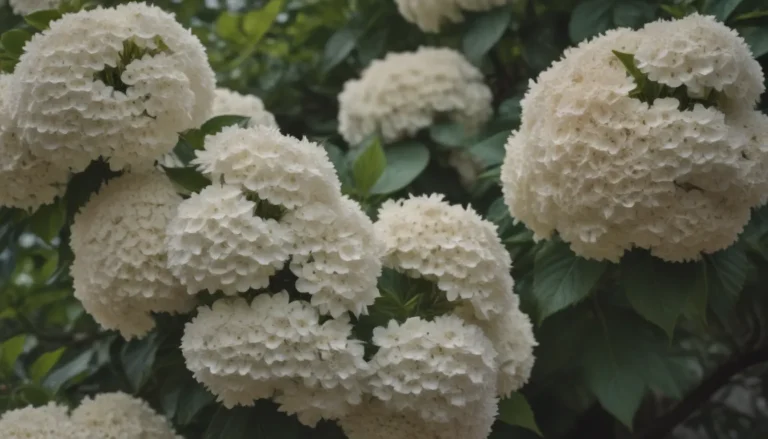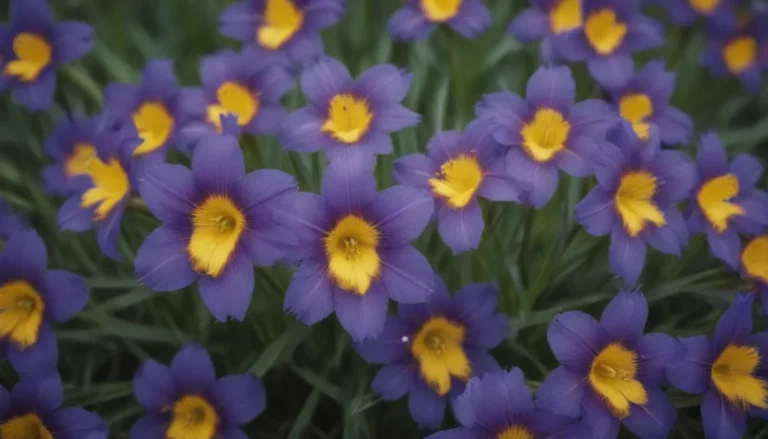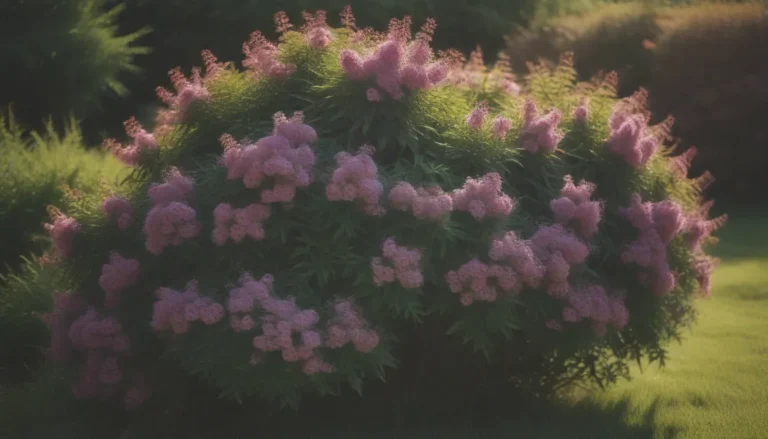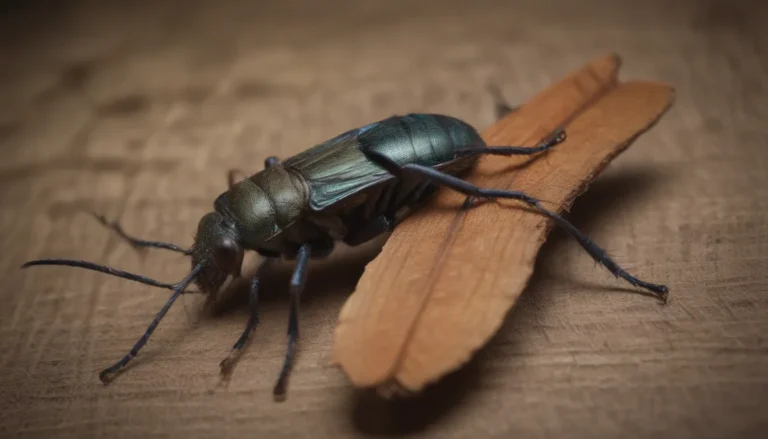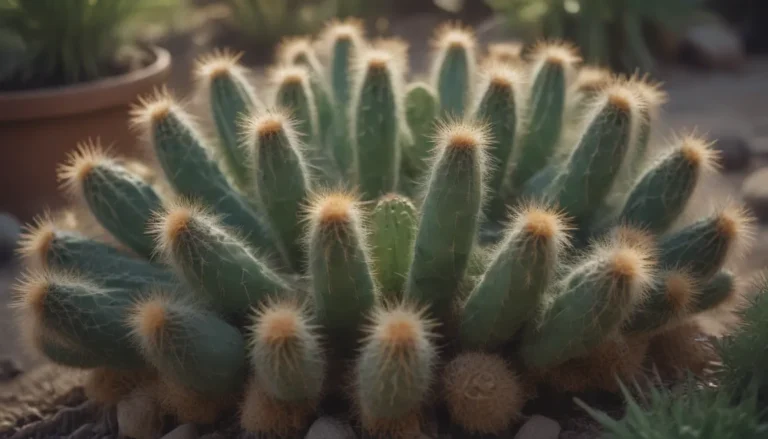A Comprehensive Guide to Growing and Caring for Hostas
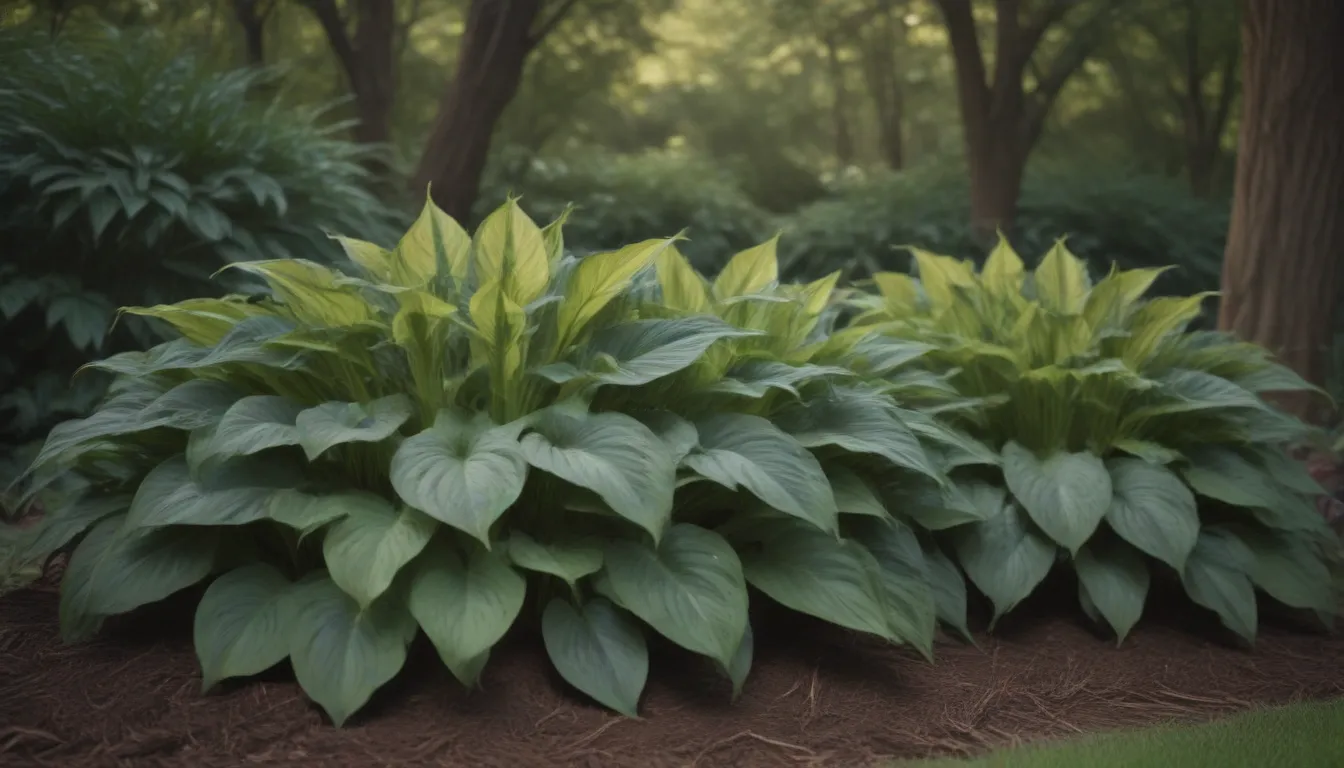
Are you looking to add a touch of lush greenery to your garden but have a shady spot that many plants can’t thrive in? Look no further than hostas! These versatile plants are a favorite among gardeners for their beautiful foliage and low-maintenance care. In this in-depth guide, we will cover everything you need to know about growing and caring for hostas to ensure they thrive in your garden.
Why Choose Hostas?
Hostas are a popular choice for gardens for several reasons that make them stand out from other plants. Here are some key benefits of growing hostas:
- Shade Tolerance: Hostas thrive in shade and part-shade, making them perfect for areas in your garden where many other plants struggle to grow.
- Easy Care: Hostas are extremely low-maintenance plants that require minimal effort to thrive. They are perfect for busy gardeners or beginners.
- Perennial Nature: As perennials, hostas come back year after year with proper care, providing long-lasting beauty to your garden.
- Variety: With hundreds of hosta cultivars available, you have a wide range of sizes, colors, and textures to choose from, allowing you to create a unique garden landscape.
From small, fast-growing varieties to large, slow-growing ones, there is a hosta for every garden space and preference.
Hosta Care Tips
Taking care of hostas is relatively simple, but there are some key factors to keep in mind to ensure they thrive in your garden. Here are some essential care tips for growing healthy hostas:
Planting and Soil
- Plant hostas 1 to 5 feet apart, depending on their mature size, in well-drained soil that is rich in organic matter and has an acidic pH.
- Hostas should not be planted in clay soil, which retains too much moisture and can lead to root rot.
- When planting hostas in pots, use a well-draining commercial potting mix to ensure the plants receive proper aeration.
Light
- While hostas can survive in full shade, most varieties grow best when they receive dappled sun for a few hours each day.
- Morning sun exposure can enhance the color of variegated hosta leaves, but too much sun can lead to leaf damage.
Water
- Water hostas as needed to keep the soil moist but not waterlogged, especially during hot and dry periods.
- Deep, infrequent watering is preferable to frequent shallow watering to promote healthy root development.
- When growing hostas in pots, maintain a regular watering schedule to ensure the soil remains moist.
Temperature and Humidity
- Hostas are not picky about temperature and humidity levels and can thrive in a wide range of climates.
- Plant them in a location protected from strong winds to prevent damage to their foliage.
Fertilizer
- Feed hostas with compost in the spring to provide essential nutrients and promote healthy growth.
- Avoid getting fertilizer granules trapped in the leaves, as they can cause leaf burn.
- When growing hostas in pots, use a slow-release fertilizer at the start of the growing season and water-soluble fertilizer biweekly during the growing season.
By following these care tips, you can ensure your hostas are healthy, vibrant, and flourishing in your garden.
Types of Hostas
Hostas come in a wide range of sizes, colors, and textures, making them versatile plants for various garden designs. Here are some popular hosta varieties and their unique characteristics:
- Miniature Hostas: Perfect for small spaces or container gardens, miniature hostas offer compact growth and charming foliage.
- Small Hostas: Small hostas are ideal for borders or edging, adding a touch of elegance to your garden.
- Medium Hostas: These hostas strike a balance between size and impact, making them versatile for different garden settings.
- Large Hostas: Large hostas create a bold statement in the garden with their impressive size and striking foliage.
- Giant Hostas: Giant hostas are perfect for creating dramatic focal points in the garden, adding a touch of grandeur to the landscape.
Some favorite hosta varieties include ‘Blue Mouse Ears’, ‘Golden Tiara’, ‘Halcyon’, ‘Frances Williams’, ‘Patriot’, ‘Sum and Substance’, and ‘Elegans’.
Fall and Winter Hosta Care
As the seasons change, it’s essential to provide proper care for your hostas to ensure they remain healthy and ready for the next growing season. Here are some tips for caring for hostas in the fall and winter:
- Continue watering hostas in the fall but reduce fertilization as the foliage naturally starts to die back.
- Cut back the plants to the ground to prevent pests or diseases from affecting the depreciating foliage.
- In cooler climates, add a layer of mulch over the roots of hostas to insulate them during the winter months.
By following these care tips, you can help your hostas stay healthy and thrive throughout the fall and winter seasons.
Common Pests and Plant Diseases
While hostas are generally low-maintenance plants, they are susceptible to some pests and diseases that can affect their health. Here are some common issues to watch out for:
- Anthracnose: A common fungal disease that affects hostas, causing large irregular spots on the leaves. Fungicide spray applied in the spring can help prevent this disease.
- Leaf Spots and Crown Rot: These issues can occasionally affect hostas and are usually caused by fungal or bacterial infections. Proper hygiene and fungicide applications can help prevent these diseases.
By monitoring your hostas regularly and addressing any pest or disease issues promptly, you can keep your plants healthy and vibrant.
How to Get Hostas to Bloom
While hostas are primarily grown for their foliage, they do produce attractive flowers that appeal to pollinators. Here are some tips to encourage hostas to bloom in your garden:
- Provide sufficient sunlight for the plants, as they may not flower well in dense shade.
- Be patient, as some hosta varieties may take several years to bloom vigorously.
- Allow the flowers to bloom and attract pollinators, or trim off the flower stalks after the blooms have faded.
With proper care and attention, you can enjoy the subtle beauty of hosta flowers in your garden.
Common Problems With Hostas
While hostas are relatively resilient plants, they can face some common issues that may impact their appearance. Here are some problems you may encounter with hostas and how to address them:
- Holes in Leaves: Damage from slugs and snails can result in ragged holes in hosta leaves. Keep the area around the plants clean to discourage these pests.
- Shredded Leaves: Hail storms can damage hosta leaves, leading to disease problems. Remove affected leaves to promote plant recovery.
- Leaf Edges Burned: Brown, shriveled edges on hosta leaves are usually caused by sunburn. Provide shade and adequate water to prevent leaf damage.
- Leaves Have Spots: Fungal or bacterial diseases can cause spots on hosta leaves. Maintain proper spacing between plants and avoid overhead watering to prevent diseases.
- Foliage Is Yellow: Stunted growth and yellow foliage may indicate crown rot due to overwatering. Remove affected plants to prevent the spread of the disease.
By addressing these common problems promptly and providing proper care, you can keep your hostas healthy and thriving in your garden.
Conclusion
Hostas are versatile, low-maintenance plants that add beauty and elegance to shaded garden spaces. With a wide range of sizes, colors, and textures available, there is a hosta variety to suit every garden style and preference. By following the care tips outlined in this guide and addressing any pest or disease issues promptly, you can ensure your hostas thrive year after year. Whether you’re a seasoned gardener or just starting out, hostas are an excellent choice for creating a vibrant and lush garden landscape. Happy gardening!
Remember, when it comes to hostas, there’s always more to learn. Keep exploring, experimenting, and growing your hosta garden with care and passion!
